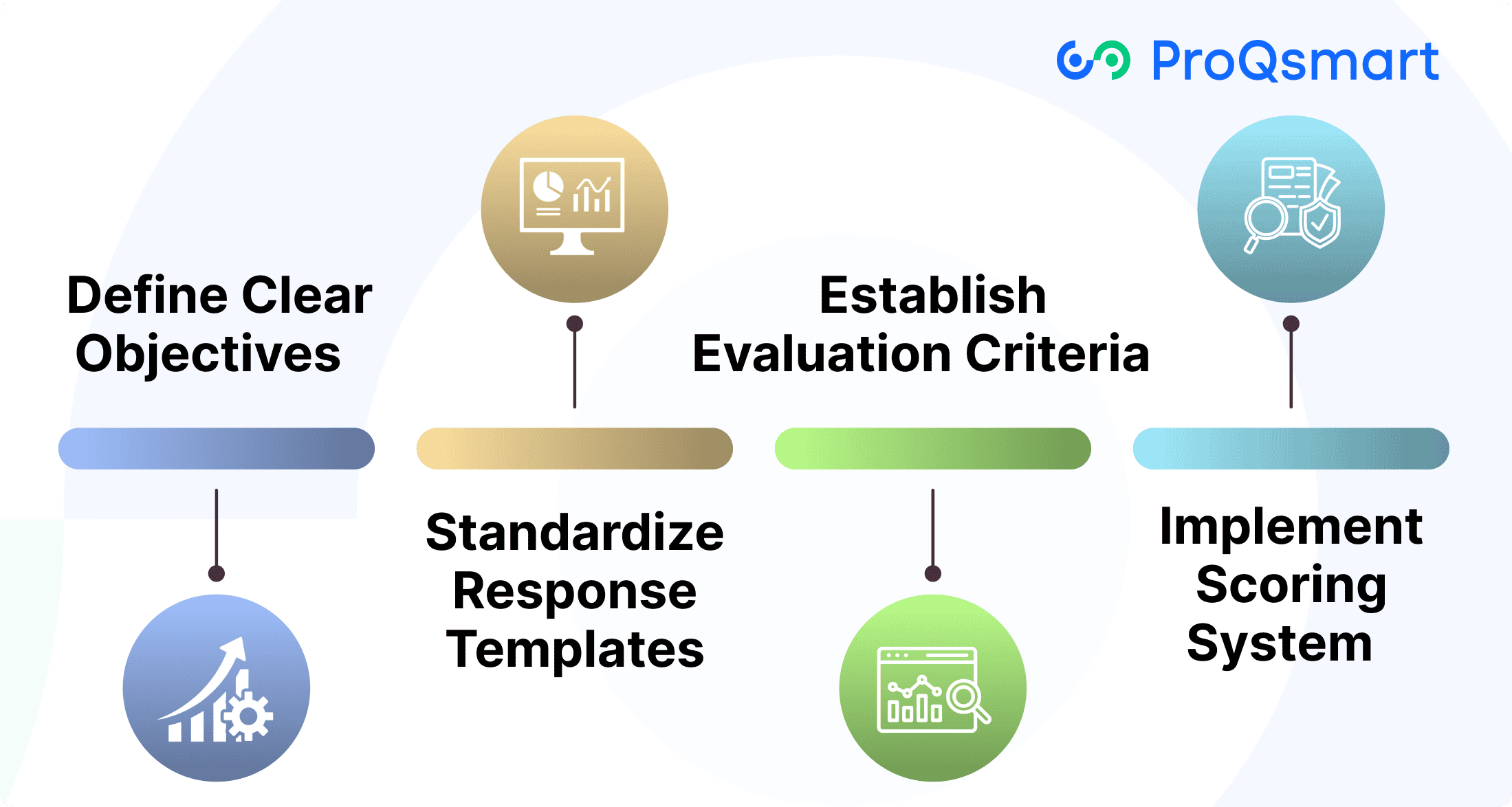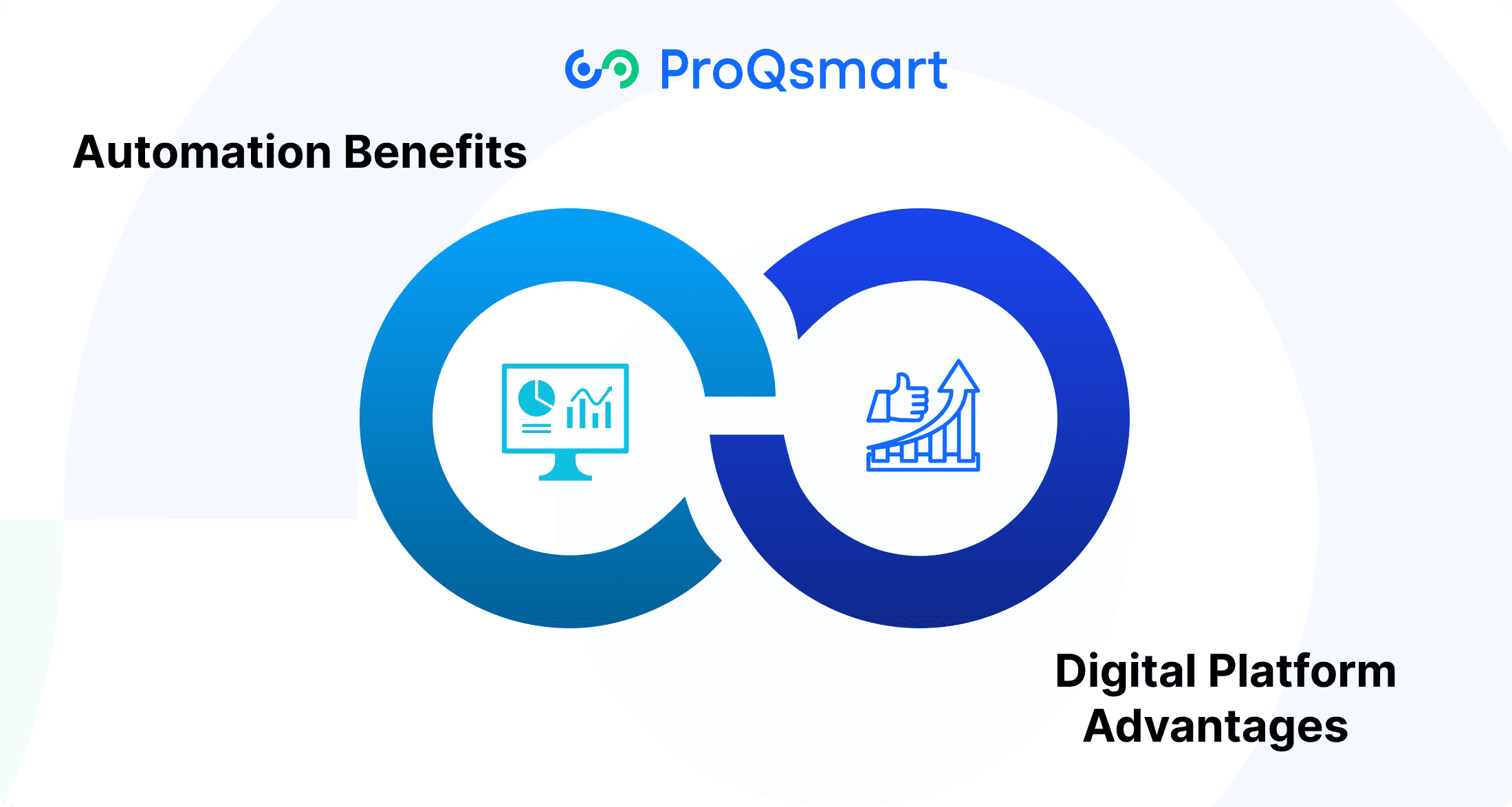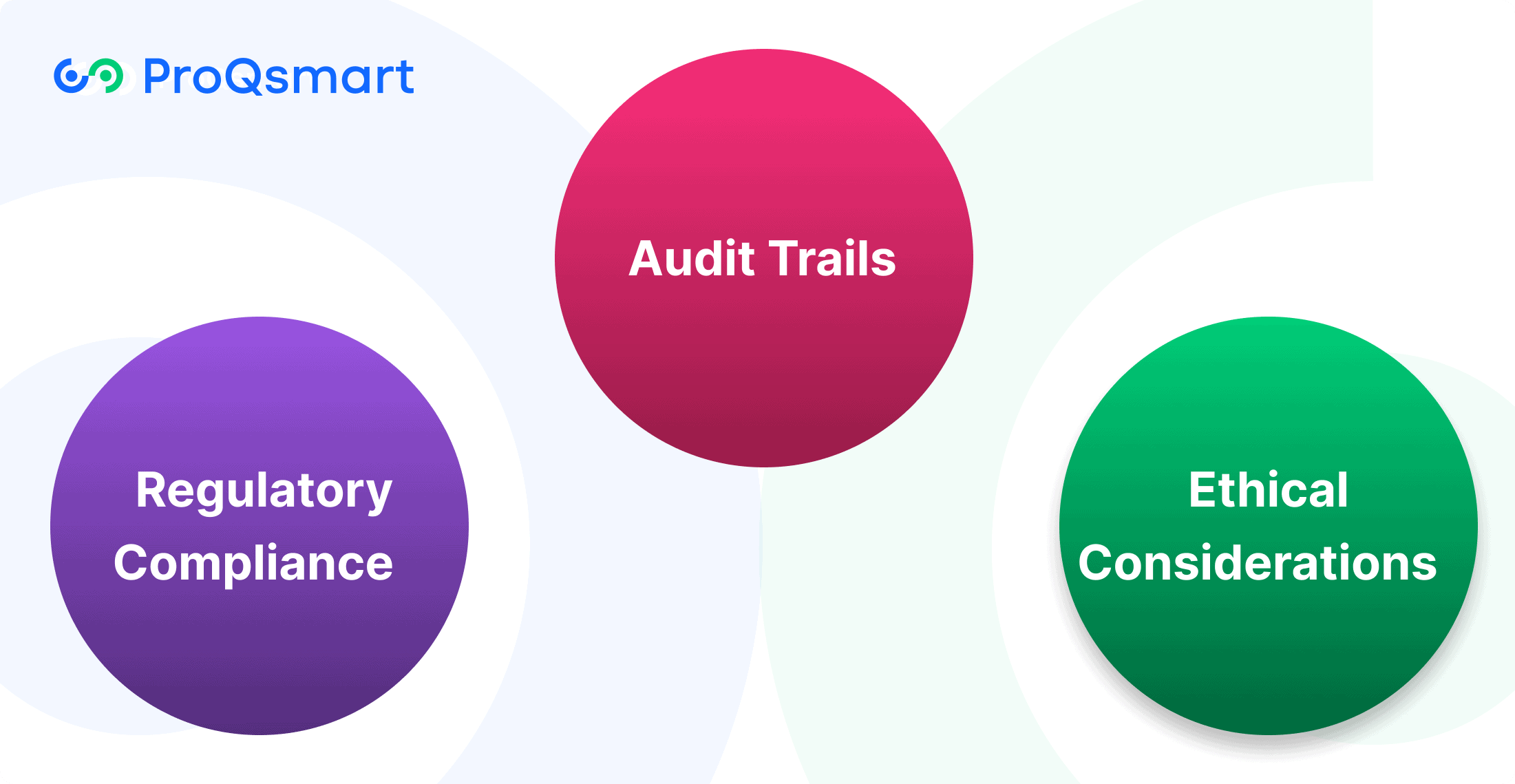Extracting maximum value from supplier submissions is crucial for achieving optimal procurement outcomes. RFx processes, including Requests for Information (RFI), Proposals (RFP), and Quotations (RFQ), provide a structured framework for collecting valuable insights from suppliers. However, simply receiving submissions is not enough; organizations must effectively evaluate and leverage this information to drive informed sourcing decisions.
To get the most out of RFx, it’s essential to understand how each type of request contributes to the overall procurement strategy. RFPs offer detailed proposals, RFQs provide critical pricing information, and RFIs gather initial market insights. By mastering the evaluation of these submissions, procurement teams can unlock deeper supplier relationships, enhance operational efficiency, and drive sustainable growth.
In this article, we’ll explore practical strategies for maximizing the value extracted from RFx processes, helping you optimize your procurement strategy and achieve better business outcomes.
RFx for Supplier Management
Supplier management is a critical component of successful procurement execution. RFx processes can be a valuable tool for sharpening these strategies. RFx, encompassing tools such as Requests for Information (RFI), Requests for Proposals (RFP), and Requests for Quotes (RFQ), serves as a structured mechanism to evaluate and engage vendors.
By incorporating RFx into supplier management, procurement teams can improve transparency in the vendor selection process and collaboration between teams.
Supplier Relationship Importance
Directly correlated to procurement outcomes, positive supplier relationships lead to reliability, development of trust and mutual growth. RFx processes foster transparent, valuable dialogue at every step with all stakeholders. They set clear expectations and reduce chances for miscommunication.
For example, greater transparency within RFx documents helps suppliers tailor their proposals to better suit organizational requirements. To promote these ongoing relationships, you might do periodic performance reviews.
Working to achieve shared objectives will better establish a baseline of mutual respect crucial for long-term partnership.
Improve Communication Strategies
- Regular updates on RFx timelines and requirements
- Prompt and constructive feedback on submissions
- Centralized communication channels for streamlined interaction
Combined, these strategies improve supplier engagement and streamline processes to avoid inefficiencies. One example is using collaborative tools such as ProQsmart to get real-time updates from simplified document sharing to automated workflows.
Ongoing performance management with consistent communication helps keep suppliers on track with your expectations and builds long-term relationships rooted in continuous improvement.
Foster Collaboration Early
Early involvement throughout the RFx process to award stage pushes innovation. Early joint planning sessions help suppliers propose creative solutions, ensuring alignment on goals.
AI-driven collaboration tools from solutions like ProQsmart make this seamless, providing full transparency and real-time tracking to help align procurement with larger business goals.
Optimize RFx for Efficiency

Optimizing the RFx process is essential for procurement teams aiming to achieve operational efficiency, improve supplier engagement, and drive strategic value.
Optimize each phase of the RFx lifecycle to develop a concise, straightforward process. This focused, goal-oriented approach will produce the outcomes that matter, all while saving you time and energy.
Define Clear Objectives
Having specific goals identified up front in the RFx process is key. These objectives help guide vendor selection and evaluation process, to keep you aligned with your overall procurement objectives.
For instance, if cost savings is your main goal, then driving competitive pricing should be the focus of your RFx—not at the expense of quality. Regularly revisiting objectives helps maintain relevance as organizational needs evolve.
Providing this level of clarity inevitably improves the clarity of communication with vendors and helps ensure that their proposals closer resemble your vision.
Standardize Response Templates
Using standardized response templates offers several advantages:
- Improves clarity in vendor submissions
- Ensures consistency in responses for easier comparison
- Reduces the time spent reviewing proposals
Custom templates for RFIs, RFPs, or RFQs take it even further, helping ensure that your procurement process is always aligned with your specific procurement requirements.
Tools like ProQsmart make this process easy by automating templates into e-tenders and documents for easy access and retrieval of information.
Establish Evaluation Criteria
Because the evaluation criteria are clear, there’s less subjectivity that allows favoritism to sneak into the decision making. Collaborate with stakeholders to understand competing viewpoints.
This will help make sure all priorities are considered in the criteria from the start, whether it’s cost, quality, supplier reliability, etc. For instance, narrowing vendor participation down to three to six suppliers helps tighten the focus and makes the process more efficient.
Implement Scoring System
A weighted scoring system ensures a consistent and objective framework for evaluating RFx proposals. When you set weightings to criteria such as price, lead time, or originality, you’re able to evaluate the submissions in a side-by-side, impartial fashion.
Using ProQsmart’s AI-driven tools scores can be auto-generated, allowing for quicker, more informed, data-based decisions.
Extracting Value from RFx Responses
To truly maximize the value of RFx responses, prioritize extracting insights that they’ll be able to act on. These actionable insights will power your procurement goals to make an immediate, direct impact. Each submission is a chance to discover meaningful value, be it in the form of cost-saving options, innovative solutions, or operational efficiencies.
By working through these responses in detail, we’re able to spot missed opportunities and better focus our efforts to more closely match our organizational goals.
Data Analysis Techniques
Having proposals broken down into manageable sections with clear metrics to be measured—whether cost, compliance or delivery timelines—keeps evaluations on track. Tools like ProQsmart simplify side-by-side comparisons, making it easier to assess strengths and weaknesses across vendors.
Advanced analytics can highlight patterns in vendor performance, aiding future decision-making. Procurement managers are 80% more effective with ProQsmart. This central intelligence hub automates and streamlines RFx workflows, freeing teams to prioritize what’s strategic rather than risk suffering from overload at the hands of administrative tasks.
Identify Key Insights
Finding insights is the name of the game when it comes to evaluations. To take one example, vendor proposals will frequently provide insights into market pricing or alternative approaches to a problem that inform where to drive negotiations.
By documenting these findings, the team can both make superior supplier selections and create a knowledge base to inform future continuous improvement efforts.
Negotiate Better Terms
RFx responses are a great starting point for preemption negotiations and obtaining better terms. In-depth analyses give teams the confidence to negotiate from a position of strength, with data-informed recommendations.
ProQsmart gives you transparency and automation. As a result, procurement professionals can gain deeper insights to drive improved contract outcomes—with built-in compliance and budget adherence.
Technology Modernizing RFx Process

Technology has come a long way and made a big impact on modernizing the RFx process. Now, procurement teams can leverage rfx software to achieve unprecedented efficiency, accuracy, and collaboration. Through the integration of intelligent tools and platforms, organizations today can overcome key procurement hurdles to drive better decision-making and supplier interactions.
Automation Benefits
Automation tools have transformed the process procurement teams utilize to conduct RFx evaluations. By automating repetitive tasks, such as bid scoring and data consolidation, these tools free up valuable time for strategic activities.
Automation further reduces the potential for manual errors, guaranteeing precise and coherent data throughout all stages of the RFx process. For instance, introducing automated scoring mechanisms enables accurate comparison and scoring of supplier responses, minimizing inconsistency.
Procurement teams thrive on the organized workflow structure, making it easy to transition from pre-bid through to contract management. Exploring automation tools, such as those offered by ProQsmart, can dramatically improve procurement efficiency by streamlining processes and delivering actionable insights.
Digital Platform Advantages
Digital platforms offer a collaborative data utility that acts as an RFx command center, improving your communications and horse trading process with potential suppliers. Tools such as document centralization, customizable workflows, and real-time communication allowed procurement teams to work in unity.
ProQsmart’s robust collaboration tools ensure that you’re preparing an excellent, compliant, and competitive bid. In addition, RFx software fosters better supplier relationships, with 80% of companies reporting an increase in supplier performance accordingly.
ProQsmart is one such example, providing powerful tools such as e-tenders, supplier follow-up, and compliance tracking. These platforms increase transparency, provide budget accountability, and automate extensive subcontractor management, which all contribute to making them invaluable in today’s procurement workflows.
Maintain Accountability and Transparency

Accountability and transparency serve as the bedrock of an efficient RFx process. These five principles help maintain that all procurement activities are performed ethically, providing valuable transparency that builds trust between suppliers and stakeholders.
When each stage of the RFx lifecycle is open, it creates a more data-driven culture. By removing bias with this transparency, supplier-sourced data helps to build better supplier relationships and results in better end outcomes.
Increasingly available tools like ProQsmart make real-time tracking, reporting and monitoring possible. They deliver stakeholders real-time intelligence that increases transparency and fuels mission-oriented action.
Regulatory Compliance
Following the rules of procurement laws is a must-do in the RFx process. Proactive compliance promotes fairness and helps you avoid risks of legal or reputational backlash.
Responsible governance drives compliance, leading to greater transparency and equity, like treating all suppliers fairly and awarding contracts based only on merit. Developing compliance checklists is an effective way to make compliance a regular part of the process and ensure each RFx is handled in accordance with the law.
ProQsmart’s AI-driven compliance tools validate all supplier data in real time, so your socially responsible procurement will always be transparent and audit-ready.
Audit Trails
Maintaining comprehensive audit trails reinforces transparency and accountability by recording each movement and action related to the RFx. These records do more than make external compliance reviews easier; they allow for stronger internal evaluations.
Using software solutions such as ProQsmart streamlines tracking activities and provides verifiable records of activity data, reducing harmful manual errors. For instance, organizations adopting these tools have experienced improved productivity and supplier performance.
Ethical Considerations
Equity and honesty should be the hallmarks of supplier selection. This ensures that procurement teams avoid any possible conflicts of interest and operate with impartiality.
ProQsmart’s centralized platform makes supplier management easy and encourages transparency, helping to ensure ethical standards are maintained throughout the lifecycle.
Tailor Proposals for RFx Alignment
Winning RFx processes isn’t as simple as checking off minimum submission requirements. Aligning your proposals with what the RFx is asking for keeps your proposals focused on what’s most pertinent to the buyer. This strategic approach greatly increases your market competitiveness.
This practice increases your odds of being selected. Additionally, it establishes your credibility by showing a deep understanding of procurement goals. Deep customization lifts vendors from service providers to strategic partners.
By improving sustainability practices and displaying their proficiency with leading practice systems such as ERP Platforms, they prove their worth in the market place.
Understand Requirements
Accurately grasping RFx stipulations is essential prior to drafting any bid. Providing clarity in these requirements goes a long way to ensuring vendors can create submissions that align with buyer expectations and prevent any misalignment.
Planning RFx activities in advance through pre-RFx meetings can fill those gaps. They allow vendors to pose clarifying questions and better comprehend what the evaluation criteria or pass/fail compliance requirements are.
Addressing compliance is crucial. Building compliance checks into the RFx process is a significant step towards aligning procurement activities with legal requirements and industry best practices, fostering transparency.
ProQsmart makes this step easier by automating workflows and aligning with RFx best practices. It further encourages real-time collaboration, enabling vendors to submit informed, precise, and competitive proposals.
Highlight Value Proposition
A great value proposition is what differentiates your submission. Telling a great story about your unique strengths like supplier performance scorecards or capital expenditure sourcing can show specific benefits in action.
ProQsmart, for example, gives vendors the expertise needed to maximize supplier engagement and minimize costs. By understanding and emphasizing what makes your services unique and different, you’ll attract buyers who are looking for creativity and efficiency.
Provide Clear and Concise Information
Proposals that are clear and well organized make it easier for procurement teams to evaluate. Clarifying main themes like a focus on budget-driven procurement or strong subcontractor management keeps your proposal on point.
So making it easier to manage documents, like ProQsmart’s e-tendering feature, adds another layer of clarity to proposals.
Conclusion
Mastering the RFx process is essential for building strong supplier relationships and driving efficient procurement strategies. By leveraging technology to streamline workflows, enhance transparency, and support informed decision-making, organizations can unlock significant opportunities for growth and improvement. Customizing proposals to meet specific RFx needs fosters more meaningful partnerships and leads to more successful outcomes.
To take your RFx management to the next level, consider adopting innovative solutions like ProQsmart. ProQsmart offers a comprehensive platform designed to automate RFx processes, simplify proposal evaluation, and ensure compliance throughout. By automating workflows and enhancing collaboration, you can drive better procurement outcomes and set your organization up for long-term success.
Ready to transform your RFx management and unlock the full potential of your procurement strategy? Book a demo today!






